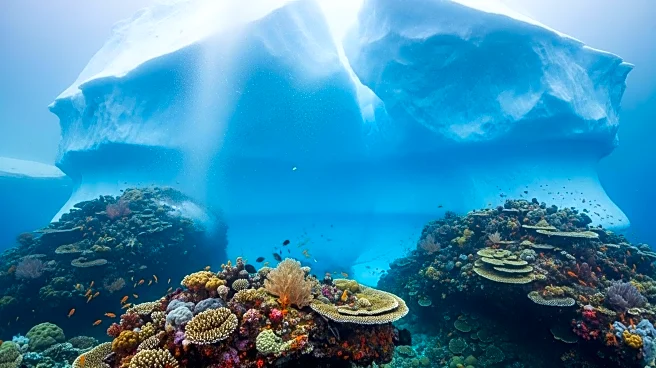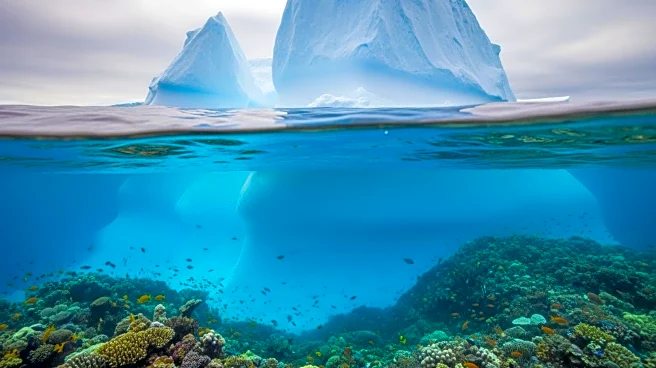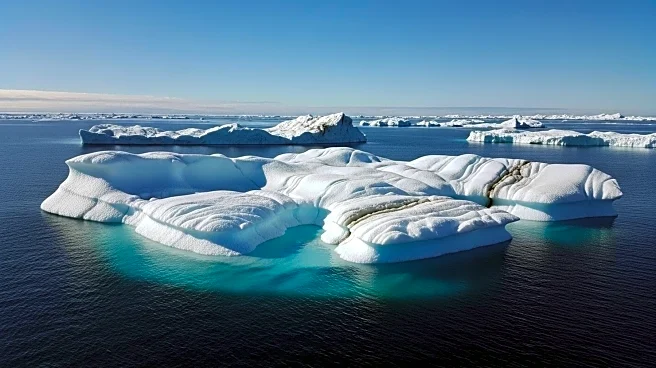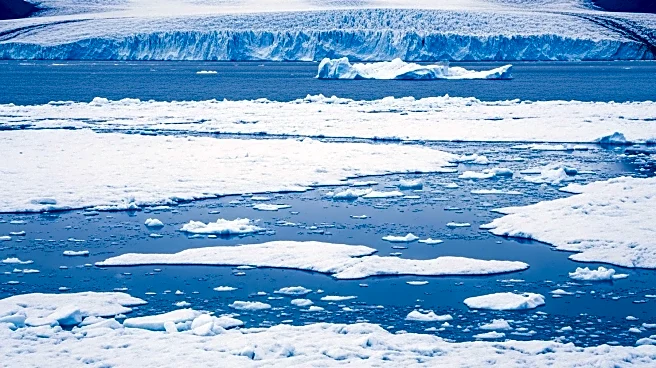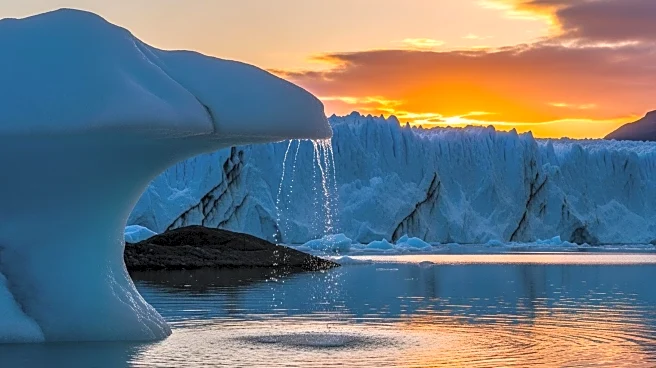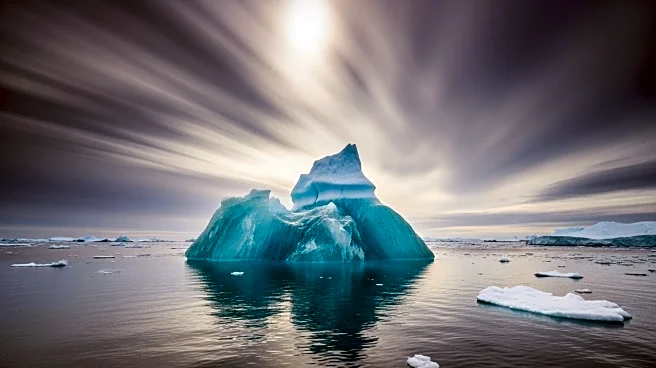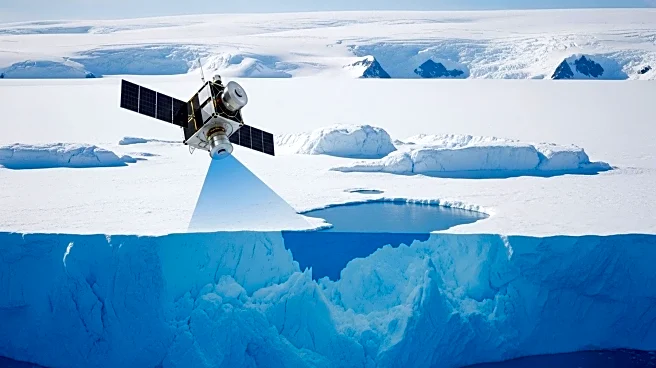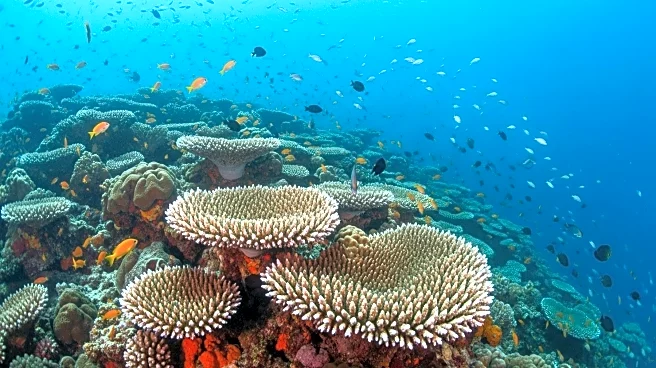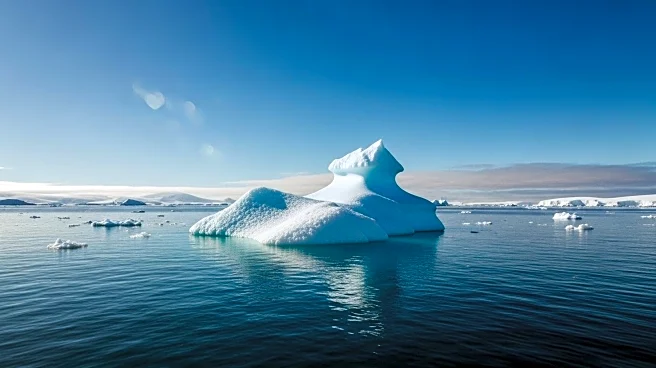What's Happening?
A massive iceberg, named A-84, has broken away from Antarctica's George VI Ice Shelf, exposing a previously hidden underwater ecosystem. The newly revealed seafloor, approximately the size of Chicago, is home to a variety of marine life, including sponges, corals, anemones, and octopuses. Scientists aboard the research vessel R/V Falkor (too) have been exploring the site using the ROV SuBastian, uncovering a thriving ecosystem that has adapted to life in complete darkness and freezing temperatures.
Why It's Important?
The discovery of this hidden ecosystem provides valuable insights into how life can adapt to extreme environments, which could have implications for understanding potential life on other planets. The findings also highlight the resilience of marine life in the face of climate change, as these ecosystems have likely remained stable for long periods. However, the collapse of the iceberg and exposure of the seafloor also serve as a reminder of the impacts of climate change on Antarctic stability, with potential consequences for global sea levels and marine biodiversity.
What's Next?
Researchers will continue to study the newly exposed ecosystem to determine if any new species have been discovered. The data collected will contribute to a better understanding of how these ecosystems function and their role in the broader Antarctic environment. As climate change continues to affect the region, further exploration and monitoring will be essential to assess the long-term impacts on these ecosystems and the global climate.

